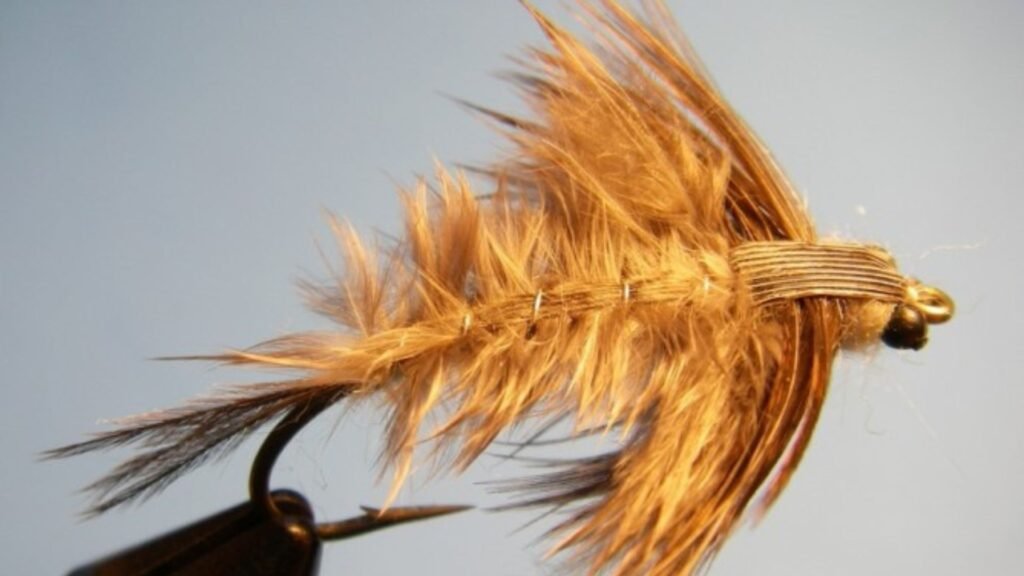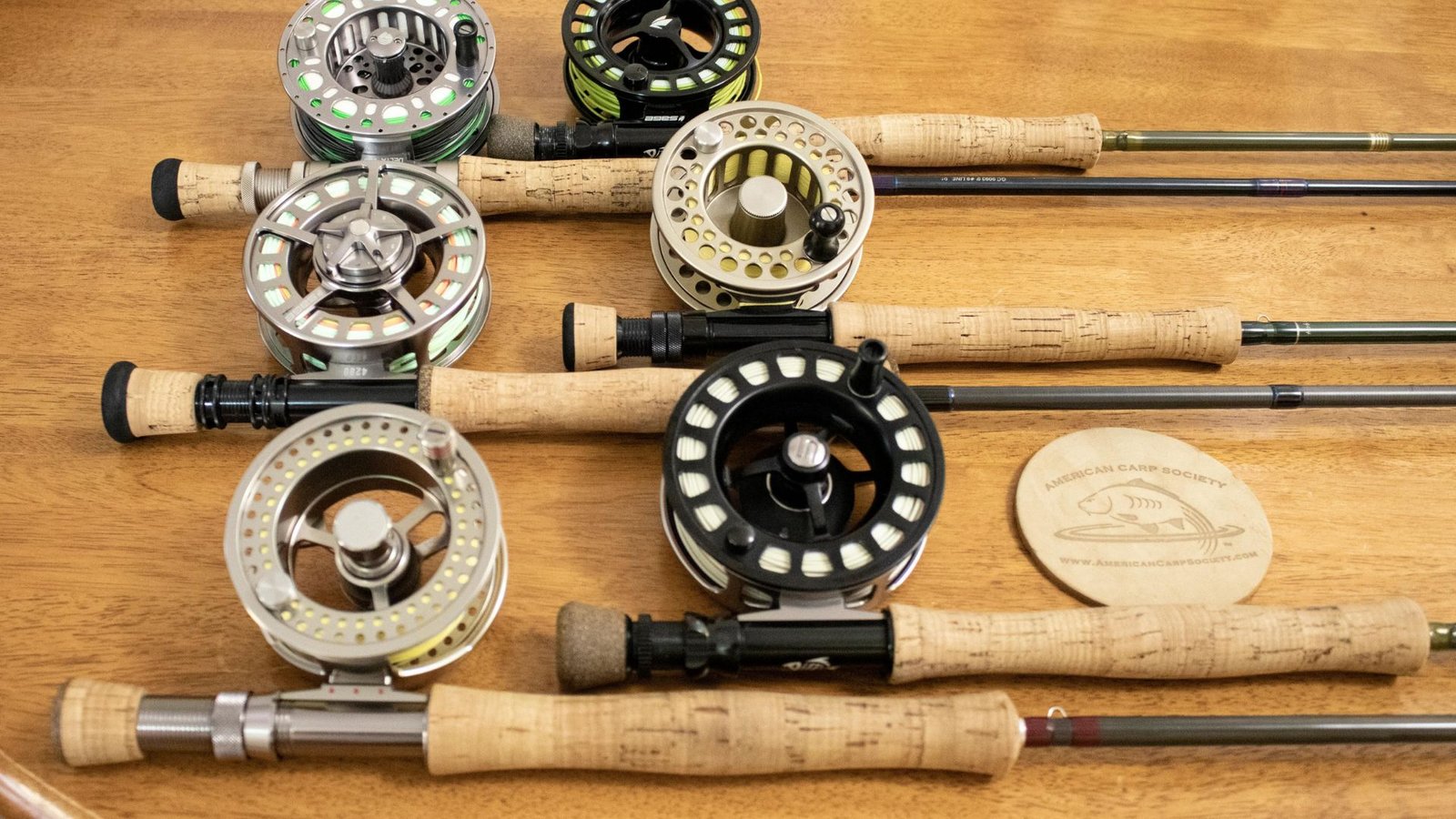Steelhead, known for their aggressive strikes and challenging fights, require specific fly patterns that can effectively mimic their prey and provoke their interest. Here are some of the best salmon fly patterns for targeting steelhead, along with detailed descriptions and their optimal usage conditions.

Best Salmon Fly Patterns for Steelhead
Intruder Fly
The Intruder Fly is a highly effective pattern known for its large profile and movement in the water. Designed to create maximum visual impact, the Intruder Fly often features vibrant colors and a variety of materials that generate lifelike motion. Typically tied on a shank or with a stinger hook, this pattern includes a mix of marabou, ostrich herl, or rhea fibers for the wing, along with saddle hackle or schlappen for added movement. Flashy materials like Flashabou or Krystal Flash are often incorporated to enhance the fly’s visibility, while bead chain or lead eyes add necessary weight for deeper water fishing.
Egg-Sucking Leech
The Egg-Sucking Leech is a classic pattern that combines the appearance of a leech with the added attraction of a bright egg head, making it highly appealing to steelhead. This pattern is usually tied on a standard streamer hook, with black or dark chenille or dubbing for the body and marabou or rabbit strip for the tail. The distinctive feature of this fly is the bright chenille or bead head, often in pink or orange, which mimics an egg and adds a striking visual element.
Woolly Bugger
The Woolly Bugger is a versatile and effective fly that can mimic a variety of prey, including nymphs, leeches, and baitfish. Tied on a streamer or salmon fly hook, the Woolly Bugger features a body of chenille or dubbing, a marabou tail, and a saddle hackle or schlappen palmered along the body. This combination of materials creates a fly with excellent movement and a lifelike appearance.
Spey Fly
Spey flies are traditional patterns with long, flowing hackles and streamlined bodies designed to move gracefully in the water. These flies often feature a combination of natural materials, such as goose shoulder or turkey for the wing, and long, flowing soft hackle from heron or pheasant. The body is typically made of dubbing or tinsel, providing a subtle yet effective shimmer.
Skunk Fly
The Skunk Fly is a simple yet effective pattern known for its black and white color scheme, which is particularly attractive to steelhead. Tied on a salmon or steelhead hook, the Skunk Fly features a black chenille or dubbing body, a white calf tail or bucktail tail, and a black saddle hackle.
Green Butt Skunk
A variation of the Skunk Fly, the Green Butt Skunk adds a bright green section to the body, making it even more visible and attractive to steelhead. Tied on a salmon or steelhead hook, this pattern includes a black chenille or dubbing body with a green butt section, a white calf tail or bucktail tail, and a black saddle hackle.
Egg Patterns
Egg patterns are simple yet highly effective flies that imitate salmon eggs, a primary food source for steelhead during the spawning season. These patterns are tied on egg or nymph hooks and use Glo Bug yarn, chenille, or egg veil in various colors such as pink, orange, and yellow.
Swinging Flies
Swinging flies are designed to be fished on the swing, moving naturally with the current. These patterns often have a slender profile and subtle action, making them ideal for enticing steelhead. Tied on salmon or steelhead hooks, swinging flies feature sparse hair wings, such as squirrel or bucktail, and soft hackle, such as partridge or hen. The body is typically made of tinsel or dubbing, providing a subtle shimmer.
Conclusion
Having a diverse collection of salmon fly patterns tailored for steelhead fishing can greatly enhance your chances of success. Each of these patterns has proven its effectiveness in attracting steelhead under various conditions and seasons. By understanding when and how to use these flies, you can improve your fishing strategy and enjoy more productive and rewarding outings on the water.


